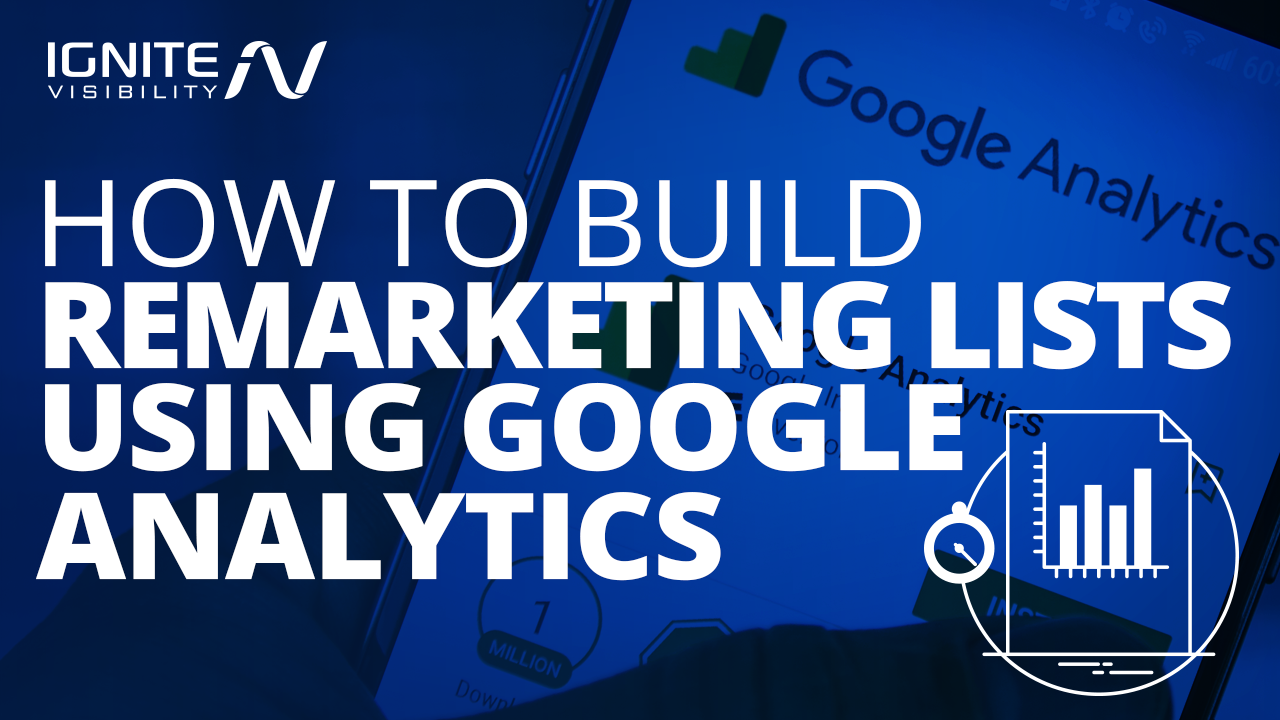Utilizing Remarketing in Google Analytics: A Comprehensive Overview
Harnessing remarketing in Google Analytics uses organizations a strategic edge in reaching out to potential clients. This overview will certainly shed light on the essential steps involved in using the full potential of remarketing in Google Analytics, leading to improved advertising and marketing outcomes.
Recognizing Remarketing in Google Analytics
Remarketing in Google Analytics enables services to purposefully target individuals that have actually formerly communicated with their website or mobile application. By leveraging data from Google Analytics, organizations can develop tailored remarketing checklists based upon customer habits, such as web pages gone to, actions taken, or specific objectives achieved. This effective device makes it possible for companies to re-engage with customers who have revealed passion in their solutions or products, inevitably increasing the chance of conversion.
Understanding the different types of remarketing strategies is important for a successful project - What Is “Remarketing” In Google Analytics?. Google Analytics supplies numerous options, including typical remarketing, dynamic remarketing, and remarketing listings for search advertisements (RLSA) Each kind serves a distinct function and can be tailored to satisfy particular marketing objectives
Moreover, examining the performance of remarketing campaigns is necessary for maximizing results. Google Analytics gives valuable understandings right into the efficiency of different remarketing approaches, permitting services to make data-driven decisions and fine-tune their targeting strategy. By constantly monitoring and adjusting remarketing initiatives based on analytics information, companies can make best use of ROI and drive success in their advertising and marketing campaigns.
Establishing Remarketing Campaigns

After establishing audience listings, the next step is to connect Google Analytics with Google Advertisements. By linking these 2 systems, companies can perfectly move audience checklists from Google Analytics to Google Ads for remarketing functions. This integration enables more exact targeting and far better campaign performance.
When the accounts are linked, organizations can develop remarketing projects in Google Ads making use of the target market notes formerly defined in Google Analytics. These campaigns can be tailored with specific ad creatives, messaging, and bidding approaches to efficiently re-engage with previous visitors and drive conversions. By following these steps, companies can take advantage of the power of remarketing to improve their advertising initiatives and enhance ROI.
Using Target Market Segmentation Methods

Predefined sections in Google Analytics enable you to promptly analyze common target market classifications like brand-new users, returning users, or individuals that finished a details goal on your internet site. Custom sections, on the other hand, allow you to create special sections based upon details requirements that are very important to your organization purposes. Dynamic remarketing try here lists immediately change based upon user actions, revealing personalized advertisements to individuals who have communicated with your website in particular means.
Studying Remarketing Efficiency Metrics
Upon assessing the effectiveness of remarketing projects in Google Analytics, the evaluation of essential performance metrics offers useful understandings into target market interaction and conversion rates. By diving right into metrics such as click-through prices (CTR), conversion prices, cost per procurement (CERTIFIED PUBLIC ACCOUNTANT), and return on advertisement spend (ROAS), marketers can assess the success of their remarketing initiatives. Evaluating these metrics makes it possible for marketers to optimize projects, fine-tune target market targeting, and allocate budget plans properly to enhance overall remarketing performance.
Maximizing Remarketing Strategies
When refining remarketing methods in Google Analytics, concentrating on audience segmentation is critical for accomplishing campaign success. By dividing your audience into particular sectors based on their actions, demographics, or interests, you can tailor your advertisements much more effectively per group. This targeted strategy boosts the probability of engaging customers that have already shown rate of interest in your services or products, bring about higher conversion prices.
An additional crucial facet of maximizing remarketing approaches is continuously testing and refining your campaigns (What Is “Remarketing” In Google Analytics?). A/B testing different advertisement creatives, messaging, or deals can aid you determine what resonates best with your target market and drives the most conversions. By analyzing the performance of these examinations in Google Analytics, you can make data-driven choices to maximize your remarketing efforts even more
In addition, leveraging dynamic remarketing can considerably improve your project results. This function allows you to show customized ads to users based on their past interactions with your web site, showcasing services or products they have previously checked out. By delivering tailored content to individuals based on their behaviors and passions, vibrant remarketing can help raise involvement and drive conversions.
Final Thought
Finally, using remarketing in Google Analytics is a critical method to target users that have formerly involved with a site. By producing customized audience listings and making use of target market division techniques, services can maximize remarketing campaigns for increased conversion prices. Evaluating performance metrics and continuously enhancing approaches are important for making best use of the effectiveness of remarketing efforts.
Google Analytics supplies numerous alternatives, including standard remarketing, vibrant remarketing, and remarketing listings for search ads (RLSA)After establishing up audience checklists, the next step is to connect Google Analytics with Google Ads. By connecting these 2 platforms, services can perfectly transfer target market checklists from Google Analytics to Google Advertisements for remarketing functions.Once the accounts are connected, businesses can create remarketing projects in Google Advertisements using the target market details previously defined in Google Analytics.When refining remarketing approaches in Google Analytics, concentrating on audience segmentation is critical for attaining campaign success.
Comments on “Advanced Techniques for Remarketing In Google Analytics”